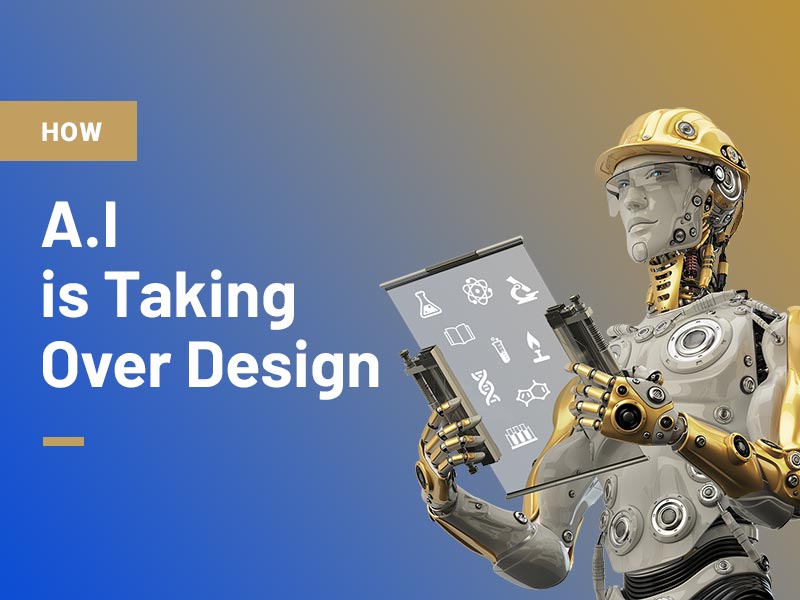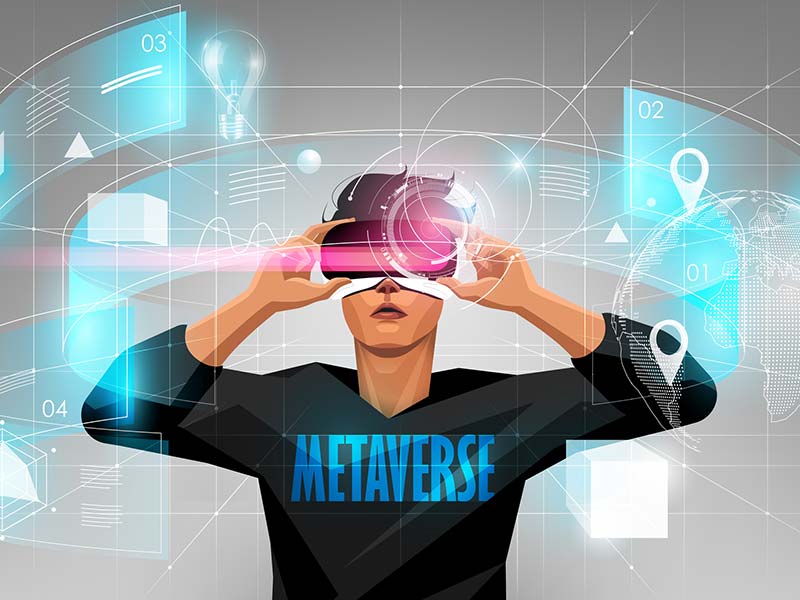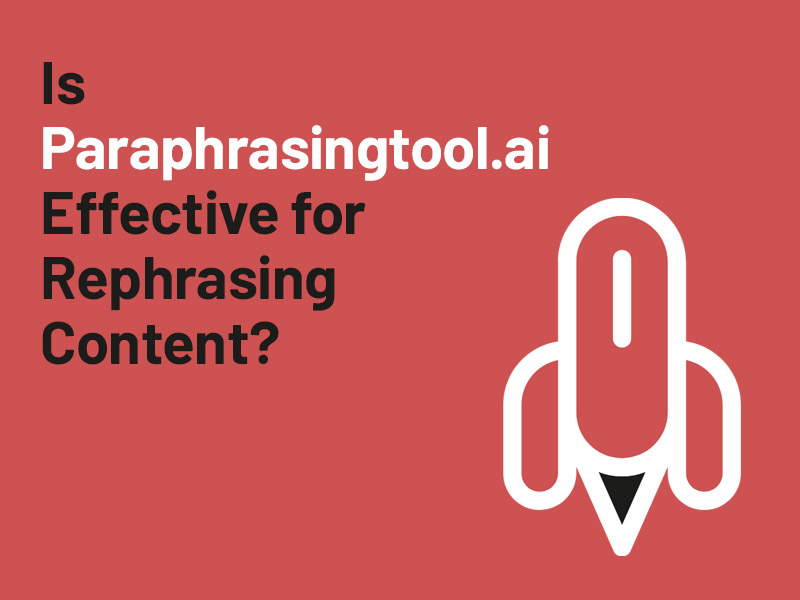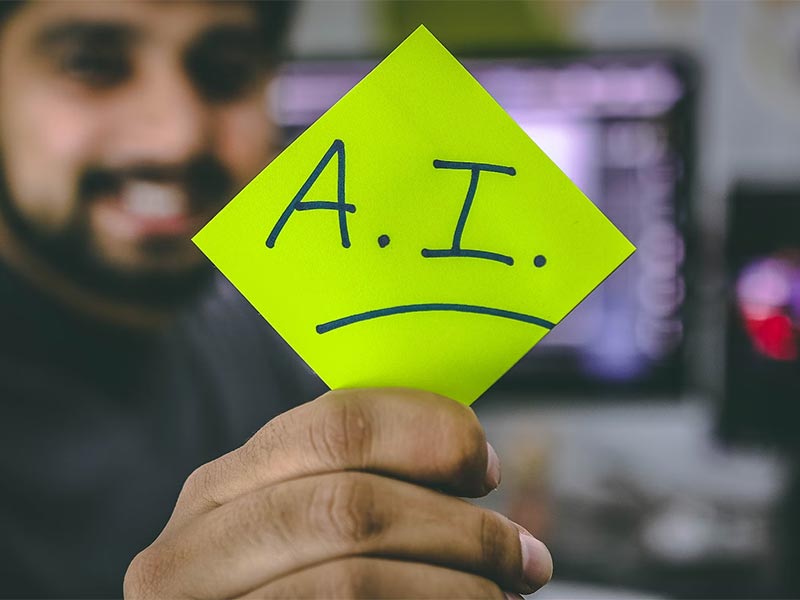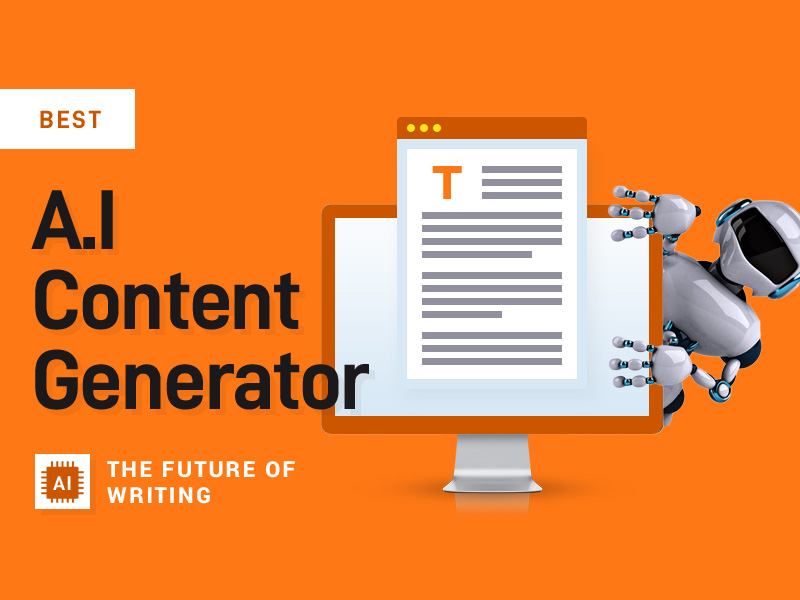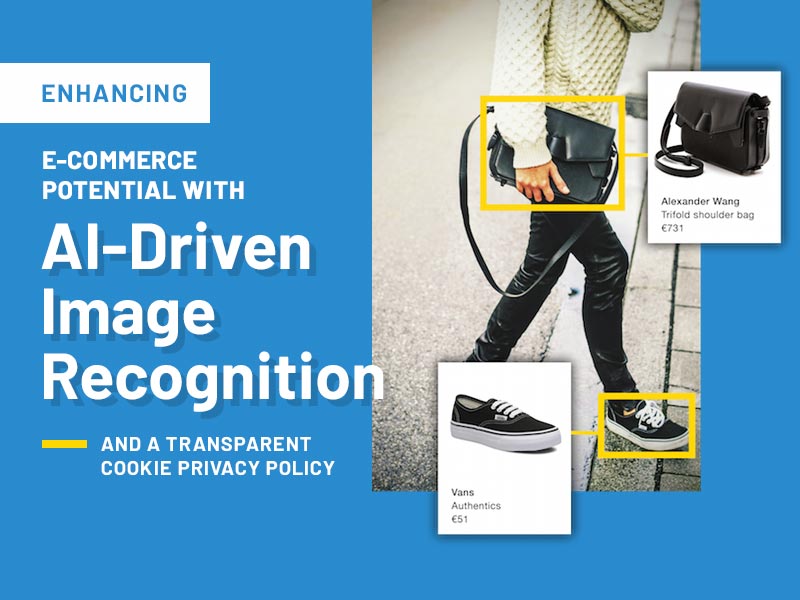The use of artificial intelligence has been climbing up the rungs of advancement at breakneck speed to not only become useful to humans but sometimes better. Creativity is truly the last frontier when it comes to human usefulness in the market. AI is infecting every part of our world but with the latest evolutions to image generators we’re going to look at how AI is taking over the design world. Before we discuss its impact let’s first define what artificial intelligence is.
What is AI?
AI computer systems perform tasks that would typically require human intelligence, such as learning, ideation, decision-making, and language understanding. AI involves the creation of algorithms that allow machines to mimic human thought such as perception, reasoning, and learning, in order to perform specific tasks. The aim for AI is to be able to think and reason like humans, and potentially exceed human intelligence in certain areas.
AI is changing the field of design in many ways, from streamlining the design process to transforming the final product. Here are some of the ways that AI is changing design:
Automating tedious tasks
One of the most significant impacts of AI on design is its ability to automate tedious and repetitive tasks. Whether it’s generating mockups, resizing images, or formatting text. This allows designers greater time to focus on the more creative aspects of their work.
Enhancing creativity
AI can also enhance a designer’s creativity by offering new tools and techniques for generating ideas and exploring design alternatives. For example, AI text or image generators can create a myriad of variations of a design, allowing designers to explore many possibilities faster.
Personalizing designs
AI can analyze data to generate personalized designs based on individual preferences, ideas, and needs. This allows designers to create products and services that are tailored to the individual.
Improving design quality
AI can analyze large amounts of data and recognize into design trends, user behavior, and performance metrics. This information can be used to improve the quality of design and optimize the creative decisions a designer has to make.
Reducing costs and time-to-market
AI can generate many designs which speed up the whole creative process, reducing costs and time for products and services.
In summary, AI is changing design by automating tedious tasks, enhancing creativity, personalizing designs, improving design quality, and reducing costs and time-to-market. As AI technology continues to improve designers will have even more tools and capabilities to create innovative and impactful designs. What was once the work of a human making creative decisions now a machine can take over.
AI in graphic design
AI algorithms can generate unique designs based on prompts, allowing designers to explore a range of possibilities quickly. This can be useful for creating logos, graphics, or theme boards. AI has even been used to create contemporary art in the music industry, where the Las Vegas Sphere Artist Marco Brambilla has created a massive 160,000-square-foot AI image of Elvis Presley, making sure the king lives on in biopics, and popular imagination.
Image recognition and tagging
AI algorithms can analyze and recognize the content of images, allowing designers to tag and categorize them quickly and accurately. This can save designers time and improve workflow efficiency.
Automated layout generation
AI algorithms can generate layouts based on design parameters and user preferences, allowing designers to quickly create multiple design options which can be especially useful for generating layouts for websites, social media posts, or advertisements.
Color palette generation
AI algorithms can analyze images and suggest color palettes that complement the content of the image by studying different color principles. This can be useful for creating cohesive designs that have a unified color scheme.
Typography selection
AI algorithms can suggest typography options based on the content and tone of the design. This can help designers quickly identify typefaces that are appropriate for a particular project.
Design optimization
AI algorithms can analyze metrics and user behavior to optimize designs for better performance. For example, an AI algorithm might analyze click-through rates on a website and suggest changes to the design to improve engagement using heatmaps.
Generative design
Finally, AI algorithms such as Idyllic can generate unique designs based on prompts, allowing designers to explore a range of possibilities quickly. This can be useful for creating logos, graphics, or theme boards.
AI is being used in graphic design in a myriad of ways to automate tasks, suggest design options, optimize designs, and generate unique designs based on user input.
AI in web design
AI is being used in web design in several ways. Here are some examples:
Website personalization
AI algorithms can analyze user data and behavior to personalize website content and design based on individual preferences specified in user prompts. This can improve the user experience and increase engagement.
Chatbots
AI-powered chatbot can provide automated customer service and support on websites, allowing users to get answers to their questions quickly and efficiently.
Automated content creation
AI algorithms can create content for websites, such as product descriptions or blog posts, based on user input and preferences. This can save time and improve workflow.
User experience optimization
AI algorithms can analyze website metrics, such as user behavior and engagement, to optimize the user experience and improve website conversions.
Image and video optimization
AI algorithms can optimize images and videos for web use, reducing file size and improving load times without sacrificing image quality.
In summary, AI is being used in web design to personalize websites, provide customer service, automate content creation, optimize the user experience, and optimize images and videos for web use.
AI in product design
AI is being used in product design in several ways. Here are some examples:
Product customization
AI algorithms can analyze user data and preferences to create personalized product designs, such as clothing, vehicles, furniture, and more. This can improve the likely user experience.
Rapid prototyping
AI-powered prototyping tools can quickly generate 3D models of product designs, allowing designers to iterate on designs through product testing and refinement.
Design optimization
AI algorithms can analyze design metrics, such as performance and user feedback, to optimize product designs for better performance and user experience.
Supply chain optimization
AI algorithms can optimize product design and production processes to reduce waste, improve efficiency, and lower costs.
Quality control
AI algorithms can analyze product quality metrics, such as defects or inconsistencies, to improve quality control and reduce product returns.
Voice assistants and smart features
AI-powered voice assistants and smart features can be integrated into product designs to provide personalized user experiences, such as voice-activated controls or automated reminders.
Whether it’s product design to personalize products, improve design efficiency and performance, optimize supply chain processes, improve quality control, and integrate smart features and voice assistants AI is capable of all these tasks.
AI in architecture and interior design
Examples of how AI is used in architecture and interior design –
AI is being used in architecture and interior design in several ways. Here are some examples:
Design optimization
AI algorithms can analyze building and space metrics, such as natural light, temperature, and ventilation, to optimize construction and interior design for better performance and energy efficiency.
Automated layout generation
AI algorithms can generate layout options based on design parameters and user preferences, allowing architects and interior designers to quickly create and explore multiple design options that best fits the individual or organization.
Material selection
AI algorithms can suggest material options based on the properties and design specifications required for a particular project, such as strength, durability, and style.
Lighting design
AI algorithms can analyze lighting metrics, such as color temperature and brightness, to optimize lighting design for better visual comfort and effectiveness.
Space planning
AI algorithms can analyze space metrics, such as square footage and user behavior, to optimize space planning and improve user experience.
In summary, AI is being used in architecture and interior design to optimize building and interior design, generate layout options, suggest material options, optimize lighting design, plan spaces, and automate construction processes.
The future of AI in design
Predictions for how AI will continue to change the design industry –
With every passing day AI is expected to evolve at rapidly increasing rate to have a significant impact on the design industry in the coming years. Here are some predictions for how AI will change the design industry:
Increased automation
AI algorithms will continue to automate tedious tasks and computational processes, such as image recognition and tagging, layout generation, and content creation, allowing designers to focus on more complex and creative tasks.
Personalization
AI algorithms will continue to be used to personalize designs based on individual user preferences and needs.
Design optimization
AI algorithms will continue to analyze design metrics and user feedback to optimize designs for better performance and user experience.
Integration with emerging technologies
AI will continue to be integrated with emerging technologies, such as augmented reality and virtual reality, allowing designers to create immersive and interactive designs.
Collaboration and teamwork
AI will continue to enable designers to collaborate more effectively and efficiently, providing real-time feedback, tweaks, suggestions during the design process.
AI is expected to get better at computational tasks by enlarging the pool of data that it can dip its finger into to respond in a way that eerily resembles human thought.
Conclusion
In conclusion, AI is transforming the design industry, enabling designers to work more efficiently, create personalized designs, and optimize performance and user experience. AI is being used in graphic design, web design, product design, architecture, and interior design, among others, to automate routine tasks, generate new ideas, and optimize design solutions.
However, there are also challenges associated with AI, such as the taking of jobs, privacy concerns, security risks, and dependency. Designers and AI developers must address these challenges and create solutions.
Overall, the impact of AI on design is both exciting and challenging. As AI continues to advance, designers and AI developers must work together to unlock the full potential of AI to create innovative, efficient, and impactful designs that enhance the human experience without sacrificing the human experience.
